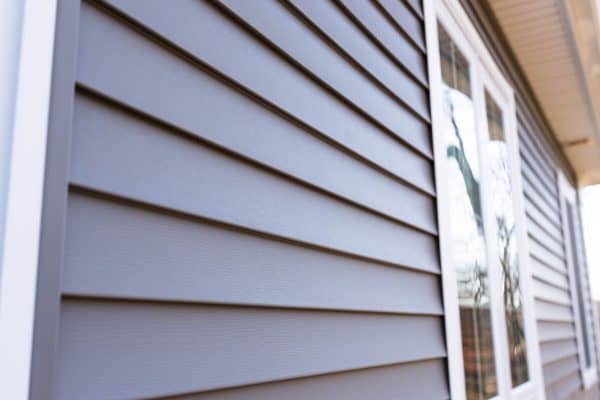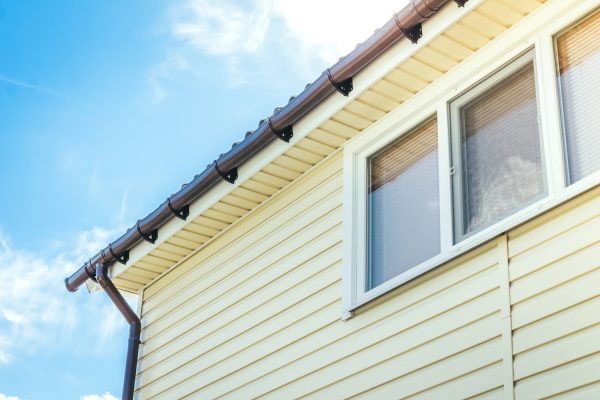Are you looking for details as you consider clapboard siding for your new home? Or are you trying to improve the siding you have now? We researched clapboard siding to help you learn more about this material.
Clapboard siding could be made out of wood, metal, vinyl, fiber cement, and composites. It is easy to install and maintain, inexpensive compared to other sidings, and various textures, styles, and colors are available.
If you're considering clapboard siding for your home, here's some information to help you decide if it's the right choice for you. Keep reading to learn more about clapboard siding.
![Soffit and Fascia House Installation. - Clapboard Siding [What Is It Made Of, Comparisons, Cost & More!]](https://homedecorbliss.com/wp-content/uploads/2022/10/Soffit-and-Fascia-House-Installation.-Clapboard-Siding-What-Is-It-Made-Of-Comparisons-Cost-amp-More-1.png)
Clapboard Siding
Clapboard siding is one of the most popular styles of siding in the United States. It is a type of horizontal wooden siding that is often used on homes, particularly in the New England region.
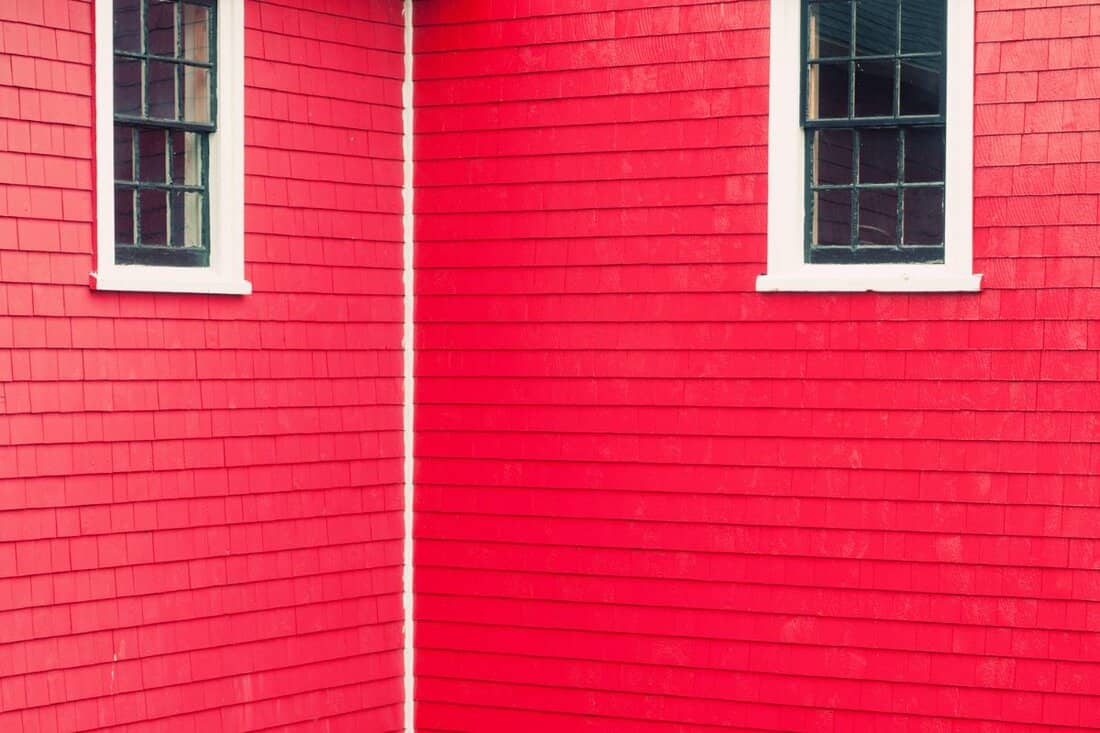
We may include affiliate links and curated AI content to highlight top design styles.
It is composed of narrow, overlapping boards, which gives it a textured look. The word "clapboard" comes from the Dutch word klappende, which means to clap or strike.
Clapboard siding was originally used in the Netherlands, and it was brought to the United States by Dutch settlers in the 1600s. It quickly became widely used because it was an inexpensive way to cover the walls of a home.
Clapboard siding is still commonly used today because it is easy to install and maintain. It also has a classic look that many homeowners prefer.
What Is Clapboard Siding Made Of?
Clapboard siding is also made from a variety of materials, such as wood, metal, vinyl, metal, fiber cement, and composites. Wood clapboard siding is usually stained or painted.
Cedar is the most common wood choice for clapboard siding. Cedar is a durable wood that is resistant to rot and insect damage. It is also naturally light in color, which helps to brighten up the exterior of a home.
Many homeowners enjoy the look of clapboard siding and appreciate its low maintenance requirements but if you want to keep it looking its best it would require regular maintenance.
Standard Clapboard Siding Dimensions

Clapboard siding consists of wide boards, usually, 6" in width and 1/2" thick, that are fitted together vertically. The boards overlap one another, with the lower board overlapping the board above it by about one-third of its width.
How Do You Compare Clapboard Siding to Other Materials?
Compare to other types of siding clapboard is durable and easy to install and maintain. Clapboard siding consists of wide boards, usually 3-5 inches, that are fitted together vertically.
The boards overlap one another, with the lower board overlapping the board above it by about one-third of its width, which gives a distinctive appearance and is very effective at protecting homes from the elements. It is also available in a variety of colors and styles, so you can find an option that suits your taste.
Clapboard Vs. Vinyl Siding
However, clapboard siding is not the only choice. Vinyl siding is another popular option because it is very affordable and easy to install. Vinyl siding can be less durable than clapboard siding and may require more maintenance.
Clapboard Vs. Wood Siding
Wood siding is one of the most popular choices for home exterior siding. It is beautiful and provides excellent protection against the elements. Wood siding comes in a variety of styles, including clapboard, plank, and shingle.
Clapboard siding is the most traditional type of wood siding. It is made of overlapping horizontal boards, usually with beveled edges.
No matter what material you choose, clapboard siding is an excellent way to give your home a classic look.
What Is the Average Cost of Clapboard Siding?
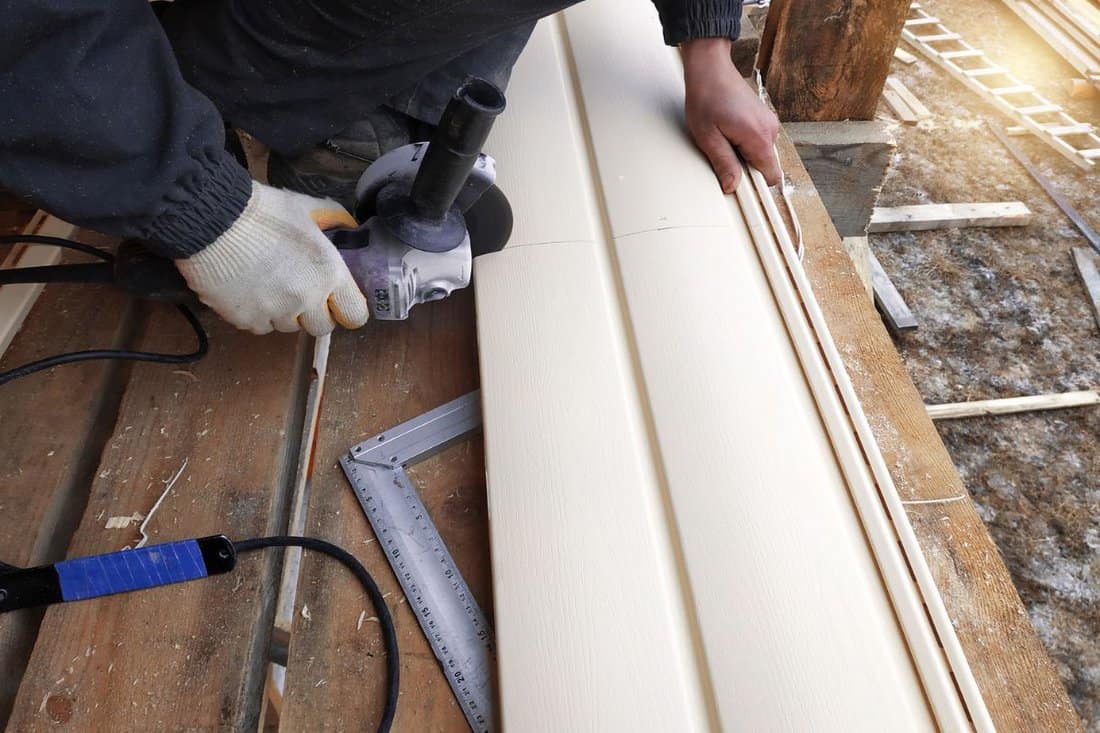
There are a few things that you need to take into consideration when it comes to clapboard siding prices.
- Project Size: If you are only doing a small section of siding, you will not need to spend as much money as you would if you were doing an entire house. A typical two-story house has an exterior square footage of 1,5oo square feet.
- Siding Style: The style of siding that you choose will also affect the price. Simple styles will be less expensive than more intricate ones.
If you use natural wood the average price for this type of wood without installation is $6 to $12 per square foot, while engineered wood is $3.50 to $8.50 per square foot. Cedar, a common clapboard wood, tends to be on the more expensive side of these figures.
With all of these factors in mind, you can begin to get an idea of what the clapboard siding price will be for your project.
What Are the Different Styles of Clapboard Siding?
There are three basic styles of clapboard siding: Bevel, Channel, and Tongue and groove.
Bevel Siding
Bevel siding has a rabbeted edge, which helps to shed water. Bevel siding, also known as lap siding, is a type of siding that is made up of overlapping boards.
The boards are cut at an angle so that they fit together snugly. Bevel siding is one of the most popular types of siding because it is relatively easy to install and provides a clean, finished look.
It is also very durable and can last for many years with proper care. One advantage of bevel siding is that it allows for expansion and contraction due to temperature changes.
This helps to prevent cracks and gaps in the siding. In addition, bevel siding is available in a wide range of colors and styles, so it is easy to find a look that compliments your home.
Channel Siding
Channel siding is a type of exterior siding that is installed by nailing it to the wall studs. It has a groove cut into each board's back, allowing it to fit snugly against the next board.
The "channel" refers to the groove that is cut into the back of each board, which allows it to fit over the studs. This provides a snug, weather-tight fit that helps to protect the home from the elements and aesthetically gives deep shadow lines.
Tongue and Groove Siding
Tongue and groove siding has a tongue on the edge of each board, which fits into a groove on the next board. It is made up of long, slender boards that fit together snugly, creating a smooth, finished look.
Unlike other types of siding, tongue and groove siding does not require the use of nails or screws to stay in place. Instead, the boards are simply fitted together and held in place by their interlocking tongues and grooves.
All three styles of clapboard siding are available in a wide range of colors, styles, a variety of widths, and thicknesses, making it easy to find an option that will complement the look of your home.
What Size Nails for Clapboard Siding?
When it comes to nailing clapboard siding, there are several factors to consider.
Nail Length
8d nails are typically used because they are two and a half inches long. This provides a good amount of holding power without being too long, which can cause the boards to split.
Nail Width
Clapboard siding is usually nailed with a two-inch wide nail. This provides a good amount of holding power without being too wide, which can cause the boards to bulge.
Nail Type
Smooth shank nails are preferred because they are less likely to pull out over time. If you're not sure what size or type of nails to use for your clapboard siding, consult a professional builder or contractor for advice.
Steps to Install Clapboard Siding
The first step is to take careful measurements of the area where the clapboard siding will be installed.
Once you have the dimensions, you will need to add an extra 1/4 inch to allow for trimming during installation. You will also need to create a level line on the wall to use as a guide for installation.
Once you have your measurements, use a chalk line to mark the cutting lines on the back of the siding boards. It is important to make sure that the pieces are cut accurately in order to create a tight fit.
Before attaching the siding, you will need to apply exterior-grade glue to each board. This will help to create a weather-resistant seal and prevent water damage.
Buy exterior-grade glue on Amazon.
Once the glue is dry, you can begin installing the siding boards. Start at the bottom of the wall and work your way up, making sure that each board is level with the one below it.
After all of the boards are in place, you will need to fill any gaps with caulk. Once the caulk is dry, you can trim off any excess material around the edges of the clapboard siding.
How to Properly Maintain Your Clapboard Siding?
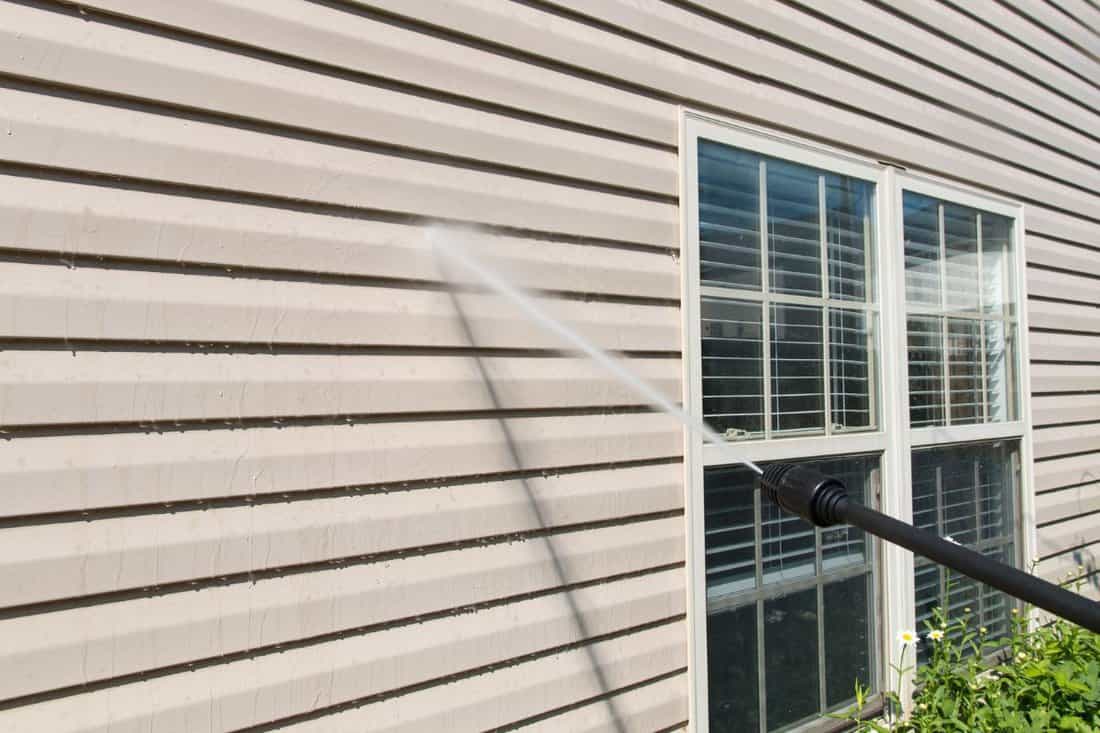
Clapboard siding, like any other siding, would also require some maintenance to keep it looking its best.
Here are five steps to take care of your clapboard siding:
- Clean the siding on a regular basis.
- Inspect the siding periodically for signs of damage.
- Repair any damage promptly.
- Paint or stain the siding as needed.
- Keep an eye out for signs of termite activity.
By following these simple steps, you can ensure that your clapboard siding will last for many years to come.
Final Words
Clapboard siding is a popular choice for homes and businesses because it is easy to install and maintain, and comes in a variety of textures and colors. If you are considering new siding for your property, be sure to consider a clapboard as a viable option.
To know more about exterior materials, please see the article by clicking the link below:
How To Fill Gaps Between A Tub Spout Or Shower Handle & Wall?



